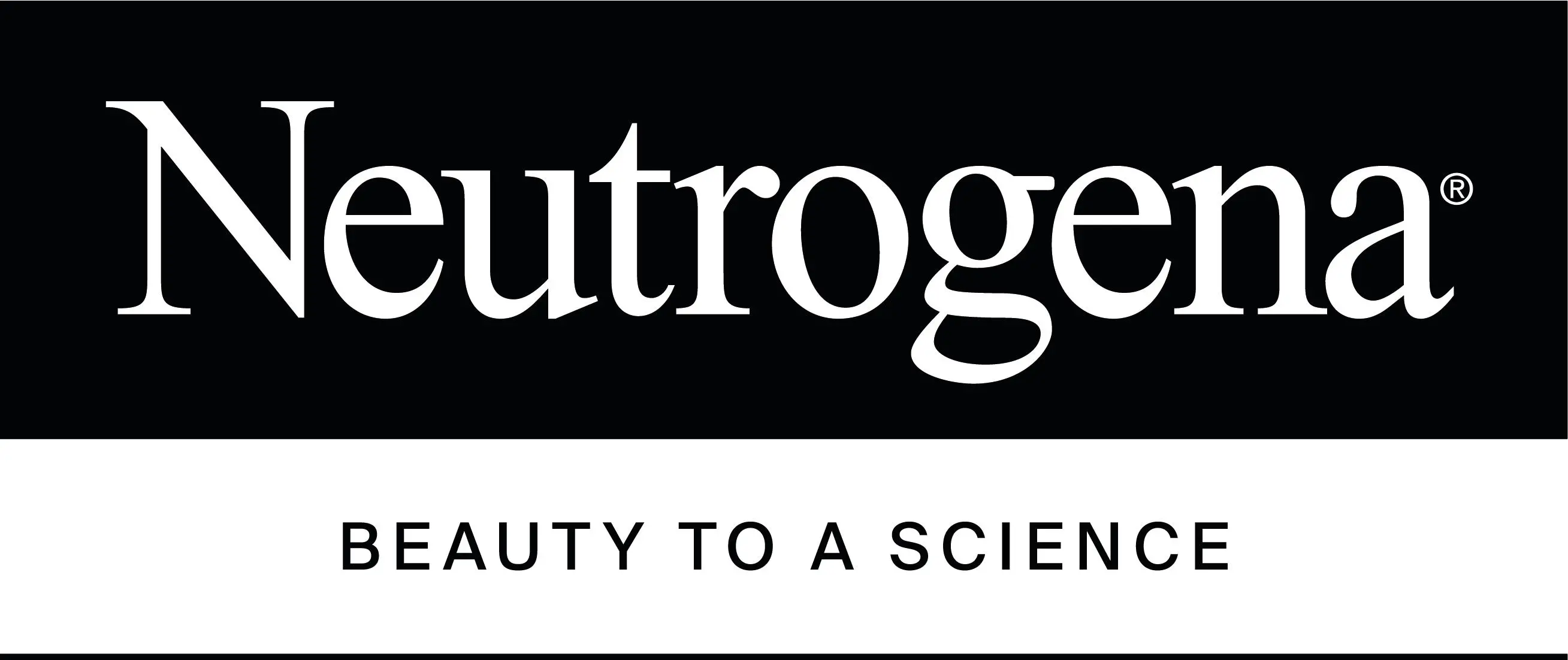Many individuals worldwide suffer from acne, one of the most prevalent skin conditions. Acne is frequently linked to adolescence, but it may also last into adulthood and cause uneasiness and dissatisfaction. One component stands out for its efficacy and extensive use among the myriad of cures and treatments available: benzoyl peroxide.
What is Benzoyl Peroxide?
Benzoyl peroxide (BPO) is a powerful over-the-counter and prescription topical medication used to treat acne. It is available in various forms, including gels, creams, cleansers, and spot treatments. The concentration typically ranges from 2.5% to 10%, with higher percentages reserved for more stubborn acne cases[1].
Benzoyl peroxide works by addressing the root causes of acne, which include excess oil production, clogged pores, bacteria, and inflammation. Its versatility and effectiveness have made it a staple in dermatology for decades.
How Does Benzoyl Peroxide Work?
Benzoyl peroxide combats acne in a number of ways. This is how benzoyl peroxide addresses acne at its root:
1. Eliminates Bacteria That Cause Acne2
Cutibacterium acnes, formerly known as Propionibacterium acnes, is a bacterium that grows in blocked pores and is one of the primary causes of acne. Oxygen is released into the pores by BPO, a powerful antibacterial agent. Because Cutibacterium acnes cannot thrive in an oxygen-rich environment, it is efficiently eradicated by benzoyl peroxide.
2. Decreases Inflammation3
Because of inflammation, acne lesions are frequently red, swollen, and painful. Benzoyl peroxide calms the skin and lessens the visibility of pimples by reducing irritation.
3. Unclogs the pores4
With the aid of benzoyl peroxide's gentle exfoliating qualities, dead skin cells and extra oil may be removed from the skin's surface. A crucial first step in preventing the formation of fresh acne is preventing blocked pores.
4. Stops Future Breakouts5
Benzoyl peroxide cures existing acne and stops new outbreaks by keeping the skin free of germs and debris. Over time, consistent application can help keep the complexion clearer.
How is Benzoyl Peroxide Used?
Applying benzoyl peroxide in an appropriate and consistent manner are essential for its optimal use. The following advice will help you get the most out of this treatment:
Begin with a low concentration: To reduce irritation, begin with a lower concentration of benzoyl peroxide (2.5% to 5%) if you've never used it before. Gradually increase the strength after your skin has adjusted.
Start with cleaning: Wash your face with a mild cleanser to get rid of makeup, oil, and debris before using benzoyl peroxide.
Put on a light coating: Apply a thin coating to the afflicted regions using a pea-sized quantity.
Apply moisturizer: Because benzoyl peroxide can be drying, it's crucial to use a non-comedogenic moisturizer after using it to keep your skin moisturized.
Apply sunscreen: Your skin may become more sensitive to the sun if you use benzoyl peroxide. Throughout the day, use a broad-spectrum sunscreen to shield your skin from UV rays.
Maintain consistency: The secret to getting results is consistency. For optimal results, use benzoyl peroxide as prescribed, usually once or twice a day, and wait a few weeks.
What are the Common Side Effects of Benzoyl Peroxide for Acne6?
Despite its great effectiveness, benzoyl peroxide has certain side effects. You may encounter the following:
Peeling and dryness are the most frequent adverse effects, particularly in the first several weeks of usage. A decent moisturizer can be beneficial.
Using a high concentration might cause skin to become red or irritated.
As benzoyl peroxide increases the risk of sunburn, you might experience sunlight sensitivity. This is why sunscreen is essential.
Severe redness, itching, or swelling are symptoms of an allergic response, which is uncommon but can happen to certain people. Stop using it and see a dermatologist if this happens.
Who can Benefit from Benzoyl Peroxide?
Many people can benefit from benzoyl peroxide:
Teens: Benzoyl peroxide can be a first-line therapy for acne, which is frequently caused by hormonal changes throughout adolescence.
Adults with Acne: Benzoyl peroxide is a useful treatment for adult acne, which is prevalent.
Those with Oily Skin: Benzoyl peroxide is perfect for those with oily or mixed skin because of its ability to manage oil.
It might not be appropriate for everyone, though. Benzoyl peroxide may be too harsh for people with extremely dry or sensitive skin. Alternative therapies like retinoids or salicylic acid may be more appropriate in certain situations.
Also read to know more on Salicylic Acid for Acne: How does it work
In conclusion, with its antibacterial, anti-inflammatory, and pore-clearing properties, benzoyl peroxide is a tried-and-true acne therapy. Many people use it since it can treat a variety of acne reasons. Clearer, healthier skin may be yours if you use it appropriately and often. Like any therapy, it's crucial to understand how it functions, any possible negative effects, and whether it's a good fit for your skin type. Benzoyl peroxide may be a potent ally on your path to acne-free skin if used and maintained properly.
References
1 Mills Jr, O. H., Kligman, A. M., Pochi, P., & Comite, H. (1986). Comparing 2.5%, 5%, and 10% benzoyl peroxide on inflammatory acne vulgaris. International journal of dermatology, 25(10), 664-667.
2 Boonchaya, P., Rojhirunsakool, S., Kamanamool, N., Khunkhet, S., Yooyongsatit, S., Udompataikul, M., & Taweechotipatr, M. (2022). Minimum contact time of 1.25%, 2.5%, 5%, and 10% benzoyl peroxide for a bactericidal effect against Cutibacterium acnes. Clinical, Cosmetic and Investigational Dermatology, 403-409.
3 Worret, W. I., & Fluhr, J. W. (2006). Acne therapy with topical benzoyl peroxide, antibiotics and azelaic acid. JDDG: Journal der Deutschen Dermatologischen Gesellschaft, 4(4), 293-300.
4 Durairaj, A., Elumalai, K., & Shanmugam, A. (2023). Cystic acne treatment: A comprehensive review. Medicine Advances, 1(4), 318-329.
5 Durairaj, A., Elumalai, K., & Shanmugam, A. (2023). Cystic acne treatment: A comprehensive review. Medicine Advances, 1(4), 318-329.
6 Tripathi, S. V., Gustafson, C. J., Huang, K. E., & Feldman, S. R. (2013). Side effects of common acne treatments. Expert opinion on drug safety, 12(1), 39-51.
